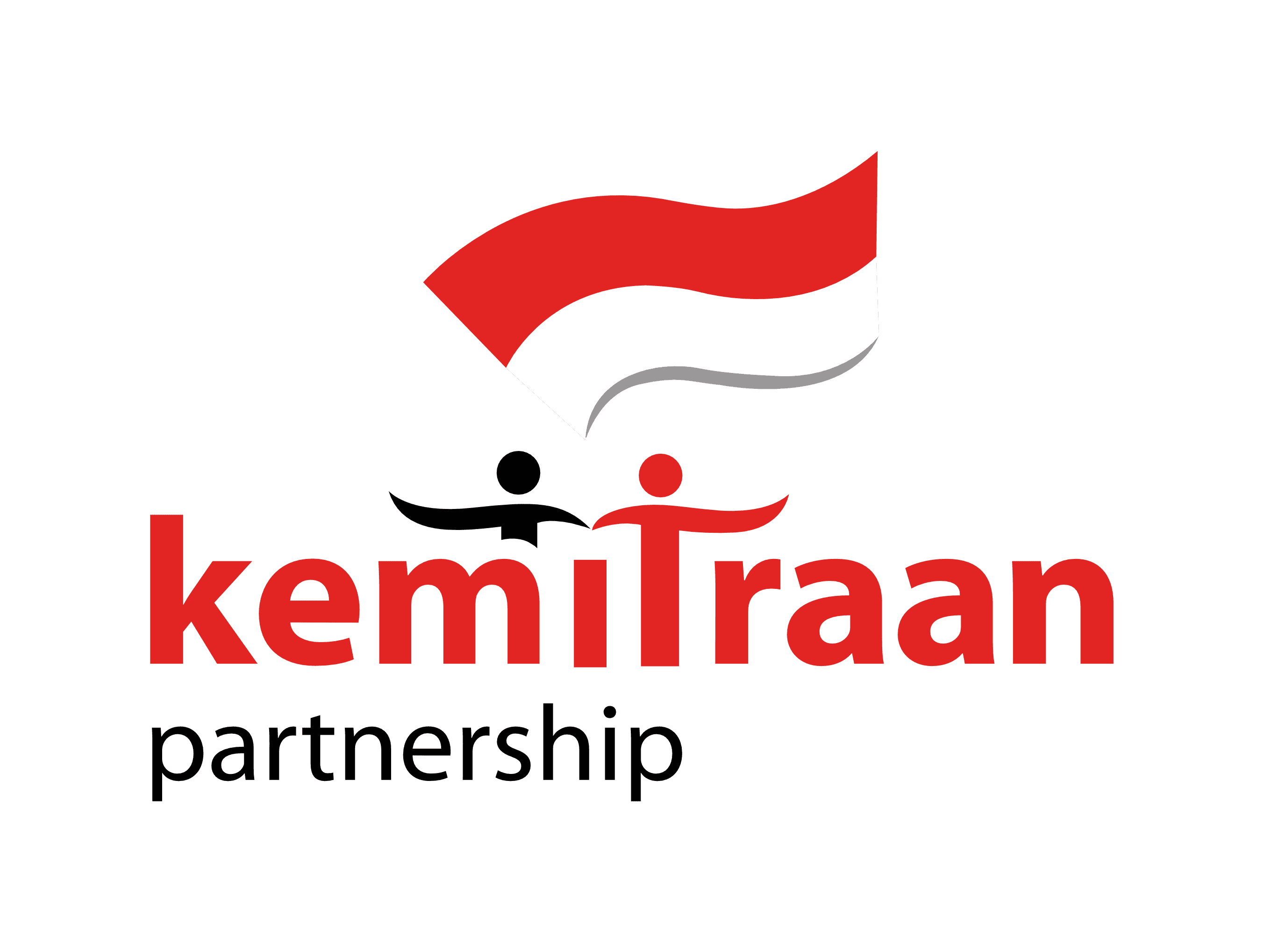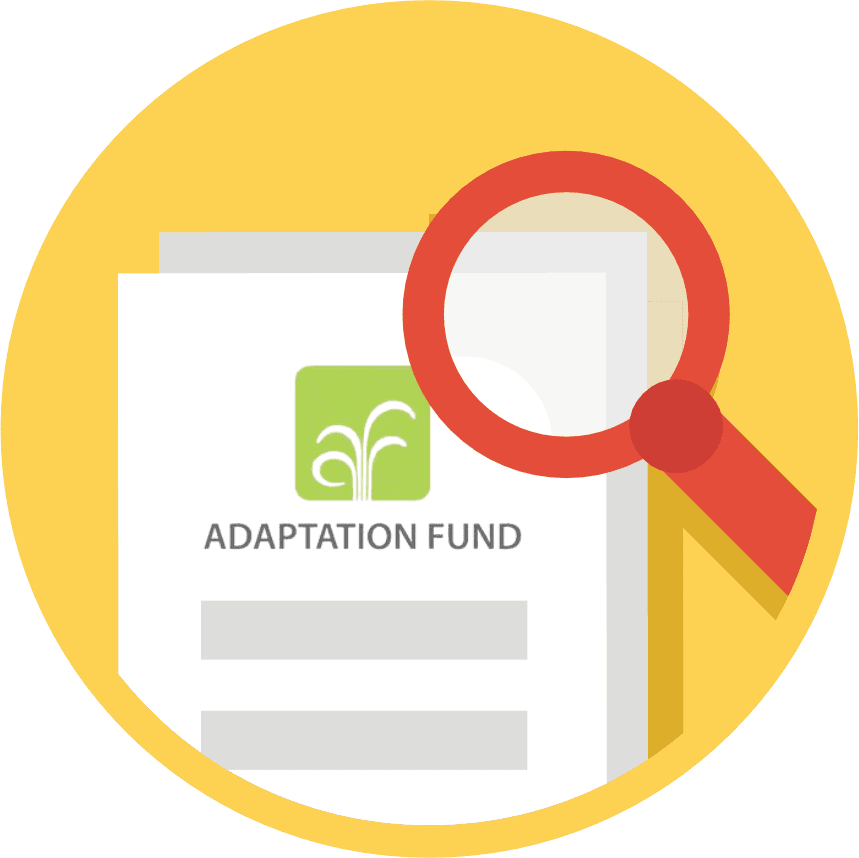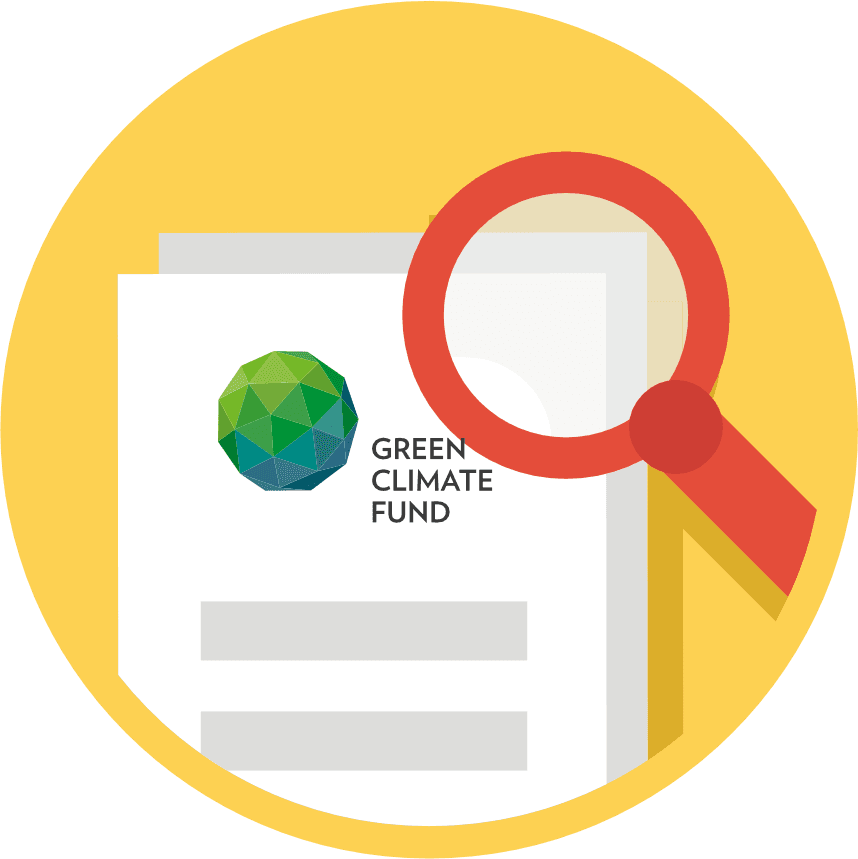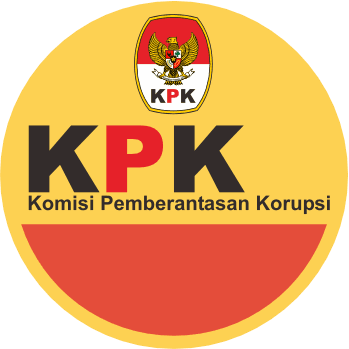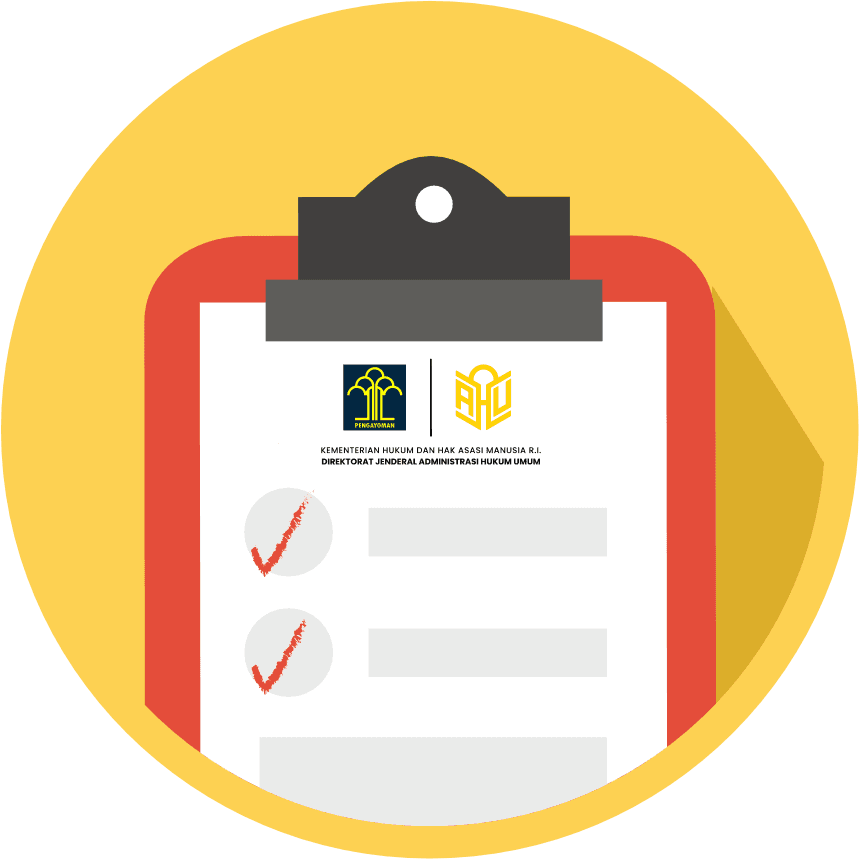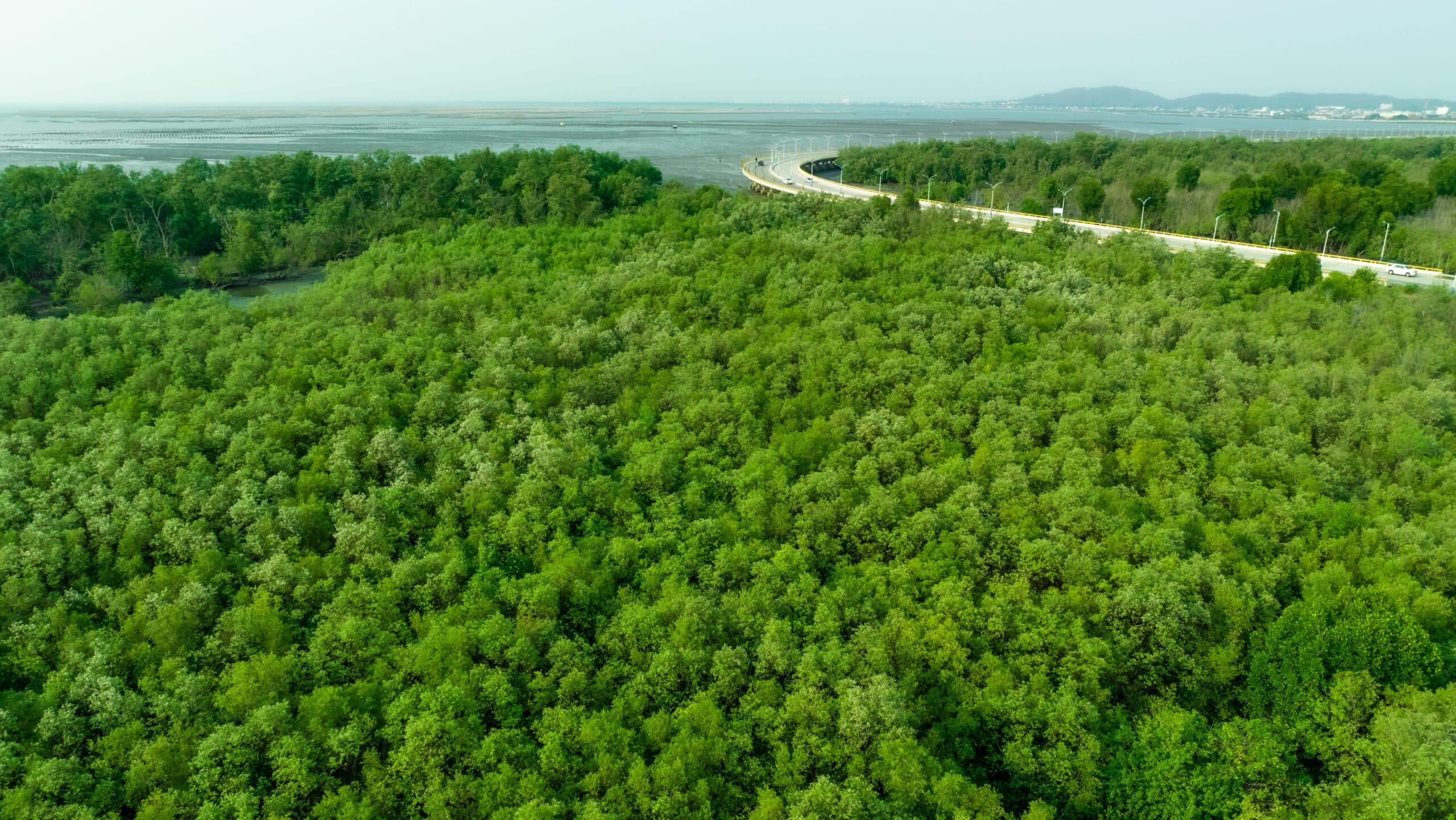
Deskripsi
Program pengurangan emisi karbon di Kalimantan Timur yang didukung melalui pendanaan fasilitas kemitraan karbon hutan atau forest carbon partnership facility (FCPF) dan dikelola oleh Bank Dunia, bertujuan untuk memberikan insentif kepada masyarakat yang telah berpartisipasi dalam mengurangi deforestasi. Besaran insentif pengurangan emisi yang telah diverifikasi akan didistribusikan kepada para pemangku kepentingan dan masyarakat sesuai dengan rencana pembagian manfaat yang telah disepakati sebelumnya.
Pada tahun 2021-2022, Bank Dunia bersama dengan Direktorat Mitigasi Perubahan Iklim Kementerian Lingkungan Hidup dan Kehutanan (KLHK), Direktorat Jenderal Perubahan Iklim KLHK, dan Pemerintah Provinsi Kalimantan Timur menyepakati perlunya melaksanakan Program ENABLE untuk memastikan distribusi insentif berbasis hasil yang inklusif bagi kelompok-kelompok yang selama ini terpinggirkan. Tahap pertama dari ENABLE melaksanakan pekerjaan bantuan teknis yang didukung oleh Bank Dunia sebagai persiapan untuk Tahap kedua proyek ini.
Selama tiga tahun berturut-turut yang dimulai pada pertengahan tahun 2023, selama implementasi program pengurangan emisi atau emission reduction program (ERP) di Kalimantan Timur, proyek ini membangun model peningkatan kapasitas dan pelatihan serta alat fasilitasi yang dapat diadopsi dan direplikasi di seluruh desa yang berpartisipasi dalam ERP di Provinsi Kalimantan Timur. Fasilitasi tingkat desa akan memprioritaskan 95 desa target ERP di tiga kabupaten. Proyek ini akan memiliki dua komponen utama dan satu komponen manajemen:
KOMPONEN 1: Peningkatan kapasitas untuk penyampaian manfaat ERP yang inklusif. Komponen ini akan fokus pada penguatan kapasitas pemangku kepentingan dari pemerintah untuk melibatkan masyarakat secara efektif. Komponen ini mencakup penguatan platform komunikasi dan pelatihan untuk staf desa dan kecamatan serta kabupaten mengenai keterampilan penyebaran pengetahuan yang sesuai dengan tantangan yang dihadapi masyarakat. Komponen ini pun memfokuskan pada konsultasi dan pelibatan perempuan serta kelompok-kelompok yang terpinggirkan di dalam masyarakat. Tujuannya semua pihak bisa memahami manfaat ERP.
KOMPONEN 2: Dukungan untuk mata pencaharian yang inklusif. Komponen ini berfokus untuk mendukung partisipasi masyarakat dalam ERP agar bisa mengakses manfaat dari program tersebut. Komponen ini akan memperkuat model pengembangan mata pencaharian rendah karbon yang berkelanjutan (misalnya produksi madu, budidaya sarang burung walet, nanas, serta produksi hasil hutan non-kayu lainnya). pengembangan mata pencaharian itu berfokus pada inklusi gender dan pengakuan atas kearifan lokal. Komponen ini akan mendukung masyarakat dan mitra LSM untuk mengembangkan proposal yang yang memenuhi syarat agar mendapatkan insentif dari FCPF. Proposal dapat berisi solusi berbasis alam dan proyek-proyek positif keanekaragaman hayati[1]. Di bawah komponen ini, proyek ENABLE akan memilih hingga 150 desa untuk difasilitasi penyusunan proposalnya.
KOMPONEN 3: Manajemen proyek, pemantauan dan evaluasi, serta diseminasi pengetahuan. Komponen ini akan mencakup semua biaya manajemen dan administrasi proyek, pemantauan dan evaluasi, serta komunikasi.
[1] Refer to the Biodiversity Finance Reference Guide, IFC 2020
Related Documents :
- Environmental and Social Commitment Plan (ESCP)
- Stakeholder Engagement Plan (SEP)
- Labour Management Plan (LMP)
